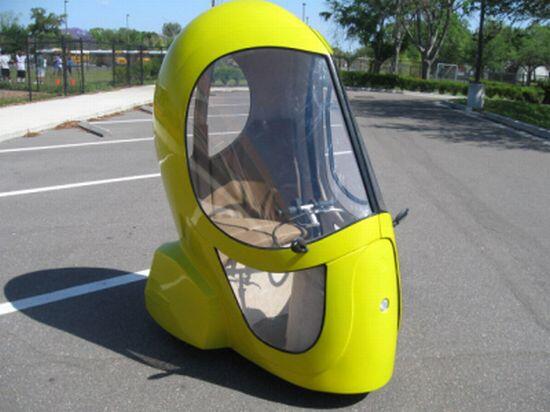A green vehicle is a road motor vehicle that produces less harmful impacts to the environment than comparable conventional internal combustion engine vehicles running on gasoline or diesel, or one that uses certain alternative fuels. Presently, in some countries the term is used for any vehicle complying or surpassing the more stringent European emission standards (such as Euro6), or California’s zero emissions vehicle standards (such as ZEV, ULEV, SULEV, PZEV), or the low-carbon fuel standards enacted in several countries.
An environmental analysis extends beyond just the operating efficiency and emissions. A life-cycle assessment involves production and post-use considerations. A cradle-to-cradle design is more important than a focus on a single factor such as energy efficiency.
Examples of vehicles with reduced petroleum consumption include electric cars, plug-in hybrids and fuel cell-powered hydrogen cars.
Electric cars are typically more efficient than fuel cell-powered vehicles on a Tank-to-wheel basis. For this reason, battery powered vehicles and plug-in hybrids are gaining popularity. They have better fuel economy than conventional internal combustion engine vehicles but are hampered by range or maximum distance attainable before discharging the battery. The electric car batteries are their main cost. They provide a 0% to 99.9% reduction in CO2 emissions compared to an ICE (gasoline, diesel) vehicle, depending on the source of electricity.











